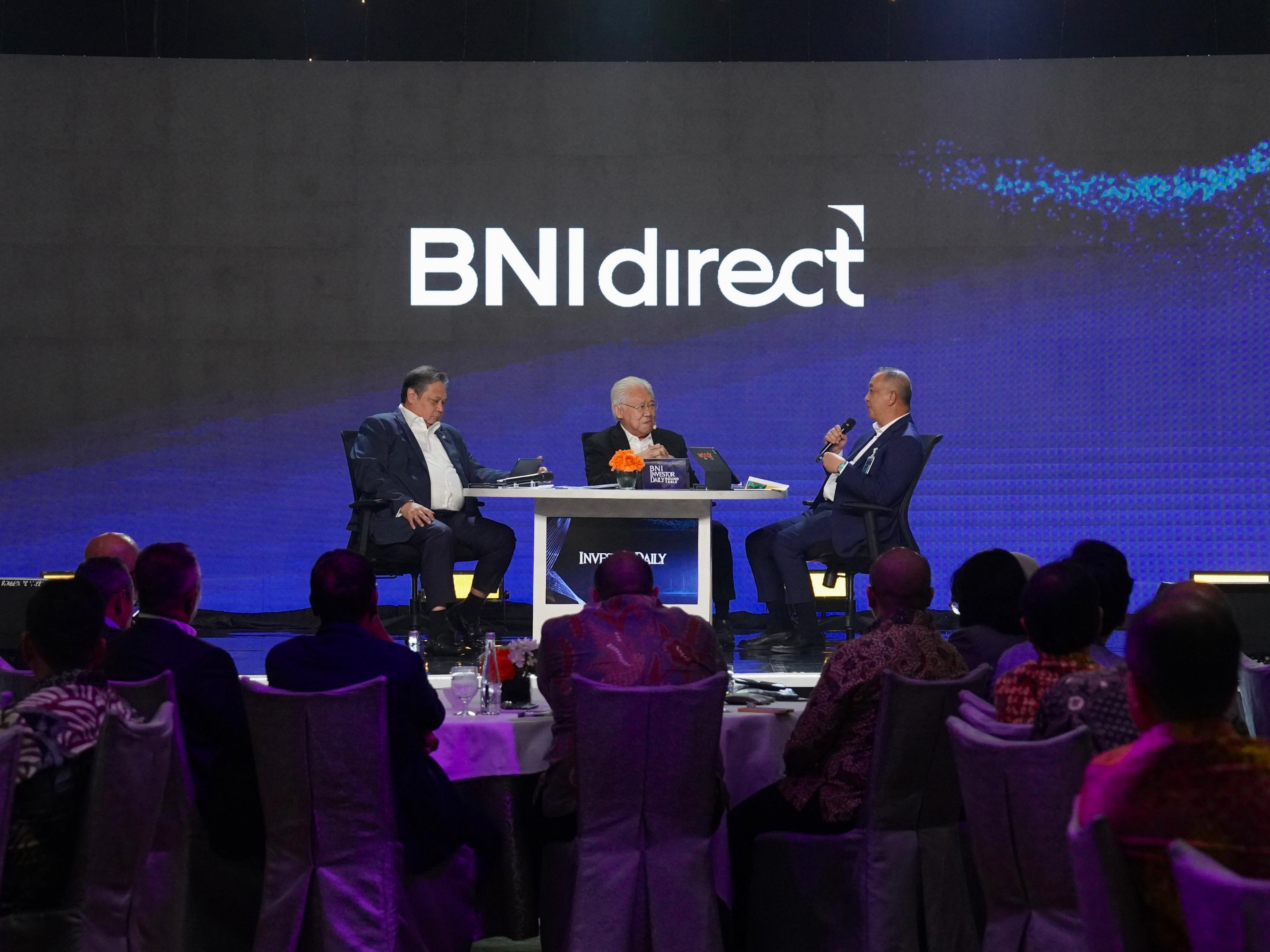In today's information-saturated world, grabbing media attention is more crucial than ever. Enter the PR pitch, your concise and compelling message that can give more power to your story into the headlines. But navigating the pitching process can feel like a battlefield, demanding a well-crafted strategy to emerge victorious. So these are some steps to support you in crafting the ideal strategy as key to standing out and winning the journalist's favor.
Know Your Audience, Tailor Your Message
Before hitting send, delve into the lives of your target journalists. Research their areas of interest, writing style, and recent publications. This will help you to craft a message that is required by their editorial needs and reflects with their audience. Don't forget about the current news! Identify relevant contents, such as trends, statistics, or interesting angles, to make the story timely and newsworthy.
Regularly, when I wanted to reach out to a journo for a pitch, I did a quick search about their background, such as recently published articles or social media posts, also highlighted the how our pitch is suitable with their preferences and current editorial needs.
Building a Story for the Ages
Your headline is the first impression. Make it count by using clear, concise, and keyword-rich language that sparks curiosity and highlights the newsworthiness of your story. Inside the pitch, hook the reader with a bold statistic or a question that piques their interest.
Briefly explain your key message and its significance, then flesh it out with specific and supporting evidence. Numbers speak volumes, so include quantifiable results or impact whenever possible. Conclude with a strong call to action and leave the journalists that attract them to engage further.
Mastering the Delivery – It's Showtime!
Address your pitch directly to the targeted individual, demonstrating knowledge of their work and interests. Avoid common pitches that feel mass-produced – authenticity goes a long way. This personalization shows effort and respect, increasing your chances of securing their attention.
Keep your delivery sharp and polished. Conciseness is a key, ideally aiming for a one-page pitch containing bullet points, bolding, and clear formatting for easy scanning. Remember, avoid sending the wrong message (literally!).
Identify concerns that the journalist might have and craft persuasive, well-informed answers to address them directly. Show them you've considered every angle and are prepared to navigate any hurdle.
Source: Freepik
Beyond the Pitch – Building Bridges, Not Just Headlines
Please consider it as an opportunity to start a dialogue, not just secure the coverage. Show genuine interest in the journalist's work and stay connected. Building relationships goes beyond securing a publication because it fosters long term collaborations and mutual benefit.
Follow-up is crucial. You can send an email or a message via WhatsApp a few days after the initial contact to offer additional information or address any questions they may have. Giving appreciation for their time and consideration, regardless of the outcome, shows professionalism and leaves a lasting positive impression.
Anticipate, Adapt, and Connect
Put yourself in the journalist's shoes. What concerns might they have about your story? Craft persuasive and well-informed answers to address these potential objections. The pitch is just the beginning and bear in mind expressing interest in their work and staying connected.
My experience underscored the necessity of foreseeing potential concerns. By being proactive, flexible, and truthful in your dealings with journalists, you can establish enduring relationships that, over time, can result in multiple coverages favourable to both you and your story.
Advanced Strategies to Level Up Your Pitch
Ready to push the boundaries? Enhance your pitch with visuals or videos that grab attention and illustrate your story. Moreover, it would be great if you could utilize social media to connect with journalists and share your story to engage in relevant conversations and showcase your expertise.
Additionally, I take the time to have conversations with them; this could be congratulating them on their achievements or responding to updates on their social media posts. This approach creates a significant impact and lets them know that you're not just approaching them for a pitch, but also to develop a meaningful relationship.
Learn, Accustom, and Conquer
The media landscape is ever-evolving, so continuous learning and adaptation are crucial. By following these tips and embracing an experimental spirit, you can craft winning PR pitches that secure valuable media coverage and empower your story into the spotlight. With the right strategy and a compelling narrative, you can turn your action into a resounding success.
In our ever-changing media landscape, mastering the art of the PR pitch is no longer an option, it's a necessity. This guide serves as a strategic map, paving your way to create impactful PR pitches that not only secure meaningful media coverage but also build lasting relationships with your targeted journalists.
Arm yourself with these insights, and confidently step into the world of PR pitching, transforming the challenge into a chance for resounding success. It's time to embrace the power of your narrative. Go forth, make connections, and commandeer the spotlight with your story.












